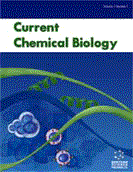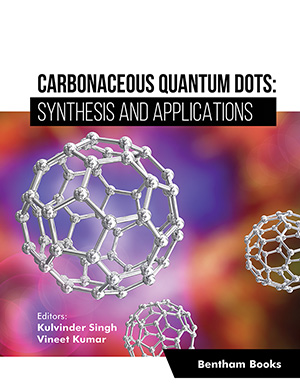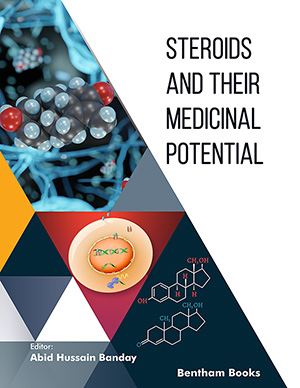Abstract
Background: The creation and development of novel chemical entities is made possible by numerous computer-aided drug design techniques. The ability to visualize the ligand-target interaction and forecast the important holding pocket locations and affinities of ligands to their intended macromolecules is made possible by pharmacophore-based drug design and understanding in-silico methodologies.
Objective: The aim of the current investigation was to find novel 2-chloroquinoline-3-carboxamide derivatives that target the Ephrin B4 (EPHB4) receptor to treat cancer.
Materials and Methods: Chem Axon Marvin Sketch 5.11.5 was used to create derivatives of 2-chloroquinoline-3-carboxamide. The physicochemical characteristics of compounds as well as their toxicity were predicted using SwissADME& the admet SAR online software’s. Molecular docking technology was used to examine the ligand-receptor interactions of 2-chloroquinoline-3-carboxamide derivatives with the target receptor (PDB- 6FNM) using a variety of software’s, including Autodock1.1.2,Procheck, ProtParam tool, Biovia Discovery Studio Visualizer v20.1.0.19295, MGL Tools 1.5.6, PyMOL, and were all included.
Results: All developed compounds were determined to be orally bioavailable, less toxic, and have acceptable pharmacokinetic properties according to in silico studies. In comparison to the traditional medication Erdafitnib, all new compounds displayed higher docking scores.
Conclusion: The increase in binding energy and the number of H-bonds created by novel derivatives with interactions at distances below 3.40A provide a helpful starting point for formulating and synthesizing compounds that are most suitable for additional research. The application of the 2- chloroquinoline-3-carboxamide moiety as a potential new cancer treatment candidate is supported by its pharmacokinetics &toxicological profile, which may aid medicinal chemists in conducting more in-depth in vitro, in vivo chemical and pharmacological studies.
Keywords: EPHB4, Molecular docking, Pharmacokinetics, H-bond, Binding affinity, Toxicological.






























